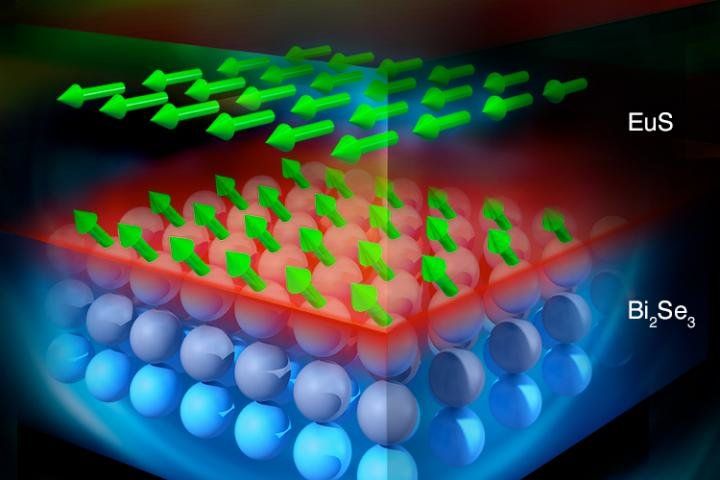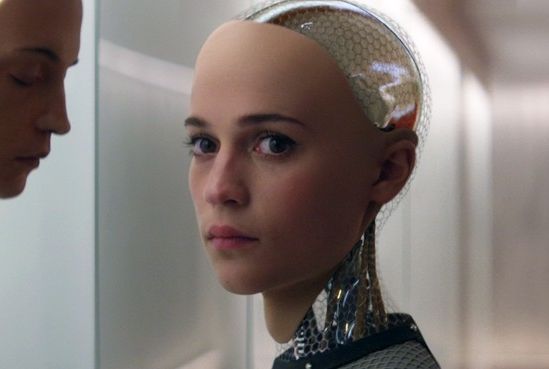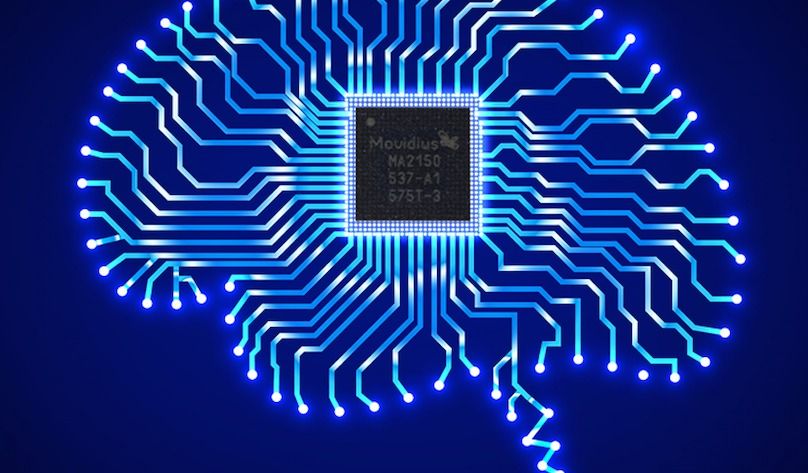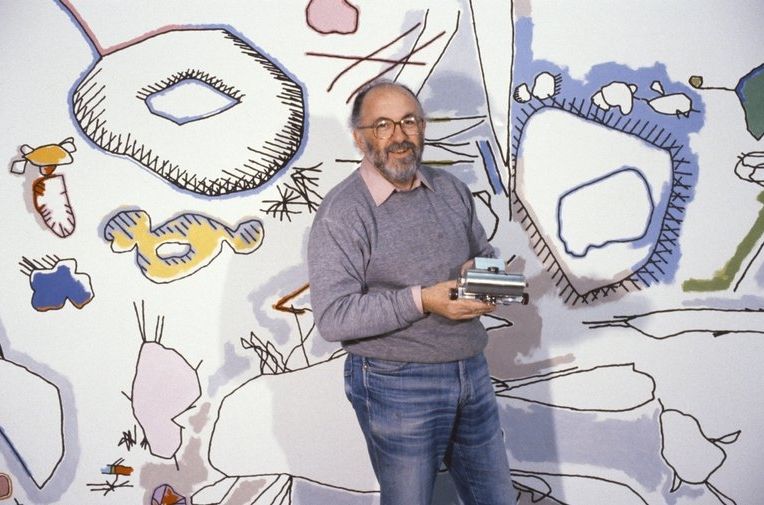
I know that I reported on this a few weeks ago; however, this article shares some additional insights on how this new method will enable more efficient smaller devices including promoting stabilization in Quantum Computing (QC)…
A multi-institutional team of researchers has discovered novel magnetic behavior on the surface of a specialized material that holds promise for smaller, more efficient devices and other advanced technology.
Researchers at the Department of Energy’s Oak Ridge National Laboratory, Massachusetts Institute of Technology and their collaborators used neutron scattering to reveal magnetic moments in hybrid topological insulator (TI) materials at room temperature, hundreds of degrees Fahrenheit warmer than the extreme sub-zero cold where the properties are expected to occur.
Continue reading “Neutrons tap into magnetism in topological insulators at high temperatures” »

















